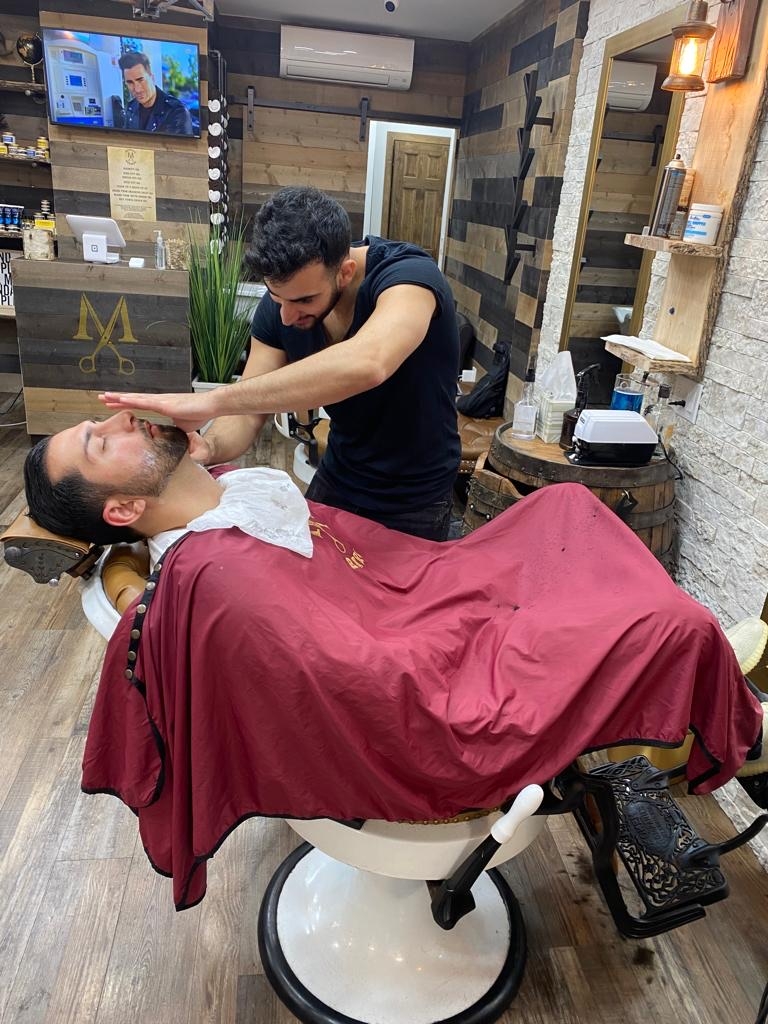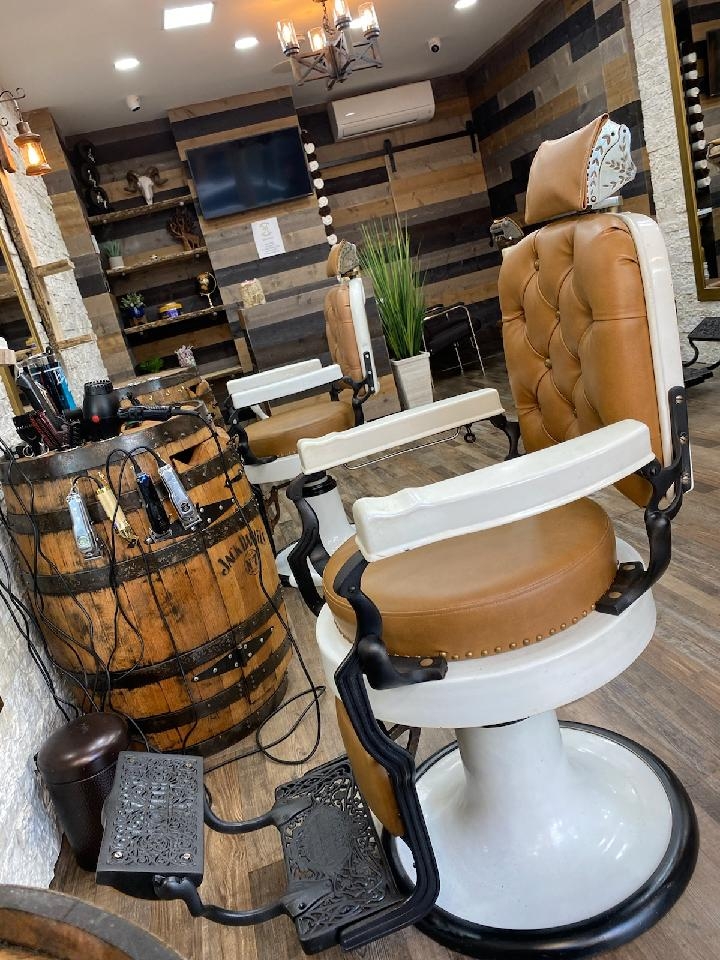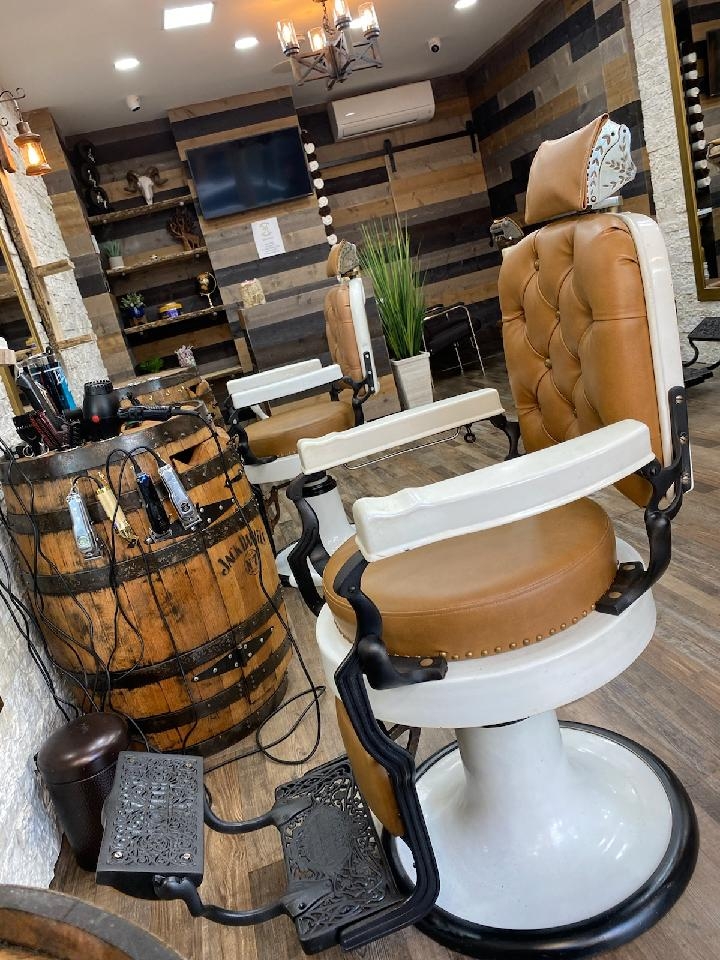Neckline Grooming Methods
What are the different neckline grooming methods for men with beards?
Men with beards have several options for grooming their neckline. Some popular methods include using a razor to create a clean, defined line, using clippers to maintain a consistent length, or using a trimmer to shape the beard and neckline. Each method offers a different look and level of precision, allowing individuals to choose the best option for their desired style.



